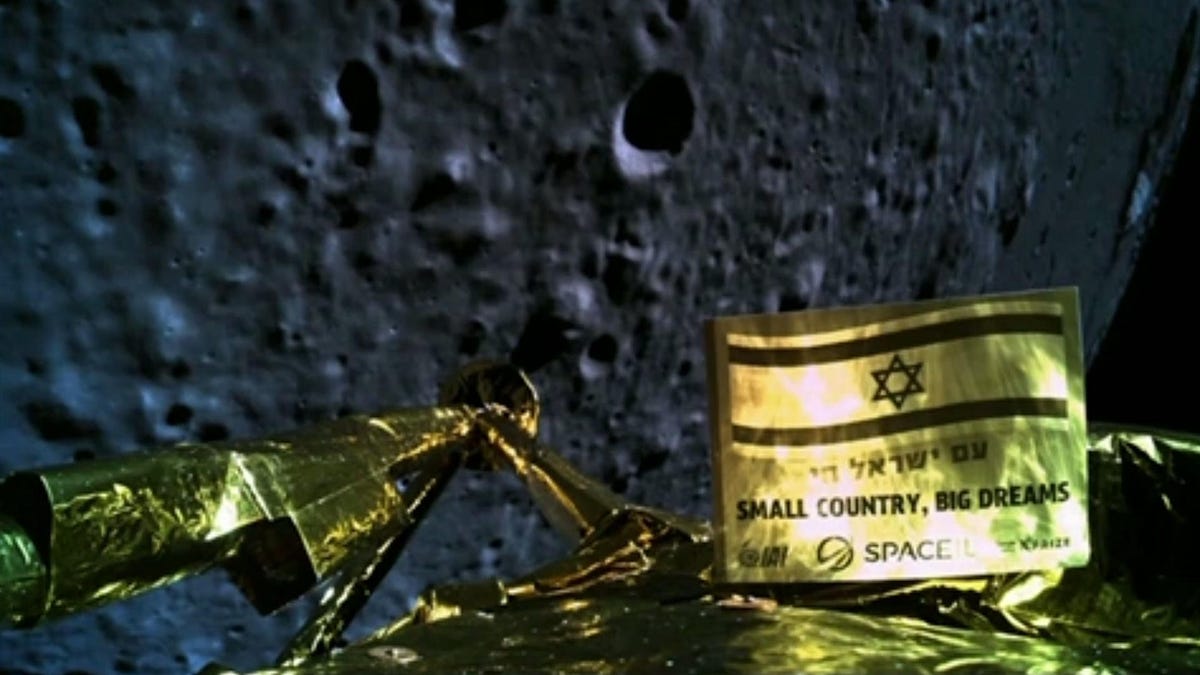Inside the international, crash-filled race to the moon
50 years after Apollo 11 landed on the moon, only three countries have successfully soft landed on its surface. The moon club might be small, but it won't be for long.
When Israel's Beresheet moon lander crashed out in the final moments of its attempted moon landing on April 11, the world shared in the country's heartbreak.
Here was a country's first attempt to join the space race started by the US and Russia some 60 years ago. SpaceIL, the company behind Beresheet, was established in response to Google's Lunar X Prize competition, which challenged private companies in 2007 to build a spacecraft that could land on the moon. While the Lunar X Prize was ultimately unclaimed, Beresheet stuck at its goal and ultimately launched its mission with a number of firsts. It sent the world's smallest lunar lander on the longest ever journey to the moon, in the hope of being the first ever privately funded spacecraft to land on the moon's surface.
So when so much can (and eventually did) go wrong, when the US has already sent a dozen astronauts to walk on the moon, when it takes millions of dollars to get a spacecraft out of earth's orbit only to have the whole mission fail in the final moments, why bother going to the moon at all?
In this week's episode of Watch This Space we take a look at Israel's valiant efforts to make it to the moon. And we consider the countries taking up the mantle of space exploration and challenging the big three members of the moon-landing club: the US, Russia and China.
While the original moon landing and NASA's Apollo mission might be what sticks out in our minds, the likes of Japan, India and the European Space Agency are all making huge inroads in space exploration, uncovering new parts of our galaxy and making amazing discoveries that advance scientific understanding for all human kind.
The surface of the moon as seen by Beresheet moments before it crashed into the lunar surface.
And while Israel felt the heartbreak of losing contact with the Beresheet lander, it's not the only country to crash out on the moon -- humans have a spectacular history of doing just that.
And it's not over for Beresheet. SpaceIL, the company behind the Beresheet lander, announced less than a week after its first mission failed that it would be putting its resources into launching Beresheet 2.0 to continue its attempts to reach the moon and join the exclusive moon club.
To learn more about the international race to get back on the moon, check out this week's episode of Watch This Space. You can catch the whole series on CNET and YouTube.


